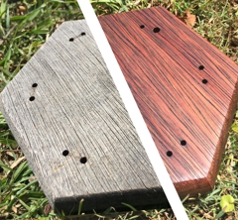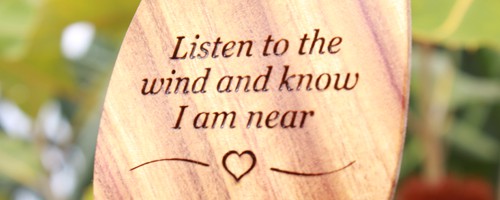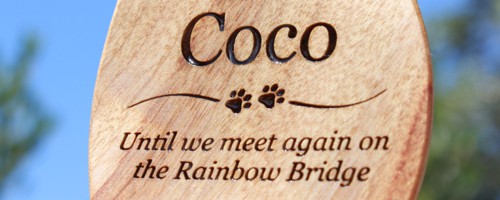Following some desktop research and help from Wikipedia, here's a blog post about the history of wind chimes and bells. Please note this is by no means an academic paper!
Ancient origins
We believe the earliest wind chimes date back to 2,000 BC in China, often made of bone, wood, bamboo and shells. They were believed to ward off evil spirits and attract benevolent ones. They were also used in religious ceremonies and rituals. Later, metal wind chimes became more common. They were often cast bronze, featuring intricate designs and inscriptions.
In India, bells called "ghunghroo" were used in religious ceremonies and to create musical accompaniment for dances. In Japan, they had wind bells known as "furin" and were typically made of glass or metal. They were associated with warding off evil spirits and bringing good fortune.
Furin wind bell

Ghungroo bells

Classical and Medieval Periods
During the Roman Empire, the Romans used wind chimes, called "tintinnabulum", often featuring symbols believed to protect against the evil eye. These chimes were made of bronze and other metals and often adorned gardens and courtyards.
In medieval Europe wind chimes were used in monasteries and churches, made from metal and glass, to create a calming atmosphere and signal the presence of wind.
Modern development, 19th to 20th Century
Wind chimes gained popularity in Western countries, especially in the United States. They became associated with the aesthetic and philosophical principles of the Arts and Crafts movement.
Wind chimes Australia
Aboriginal culture
Aboriginal Australians have a rich musical tradition, but it does not traditionally include wind chimes. Instead, they use instruments like didgeridoos, clapsticks, and bullroarers. However, natural sound-making objects like clattering eucalyptus leaves and rustling grasses could be considered as natural precursors to the idea of wind chimes at least, contributing to the ambient sounds of the environment.
European settlement
European settlers brought wind chimes to Australia during the 19th century. These chimes were often made of metal or glass and were used as decorative garden items, much like in Europe and North America. Wind chimes became a part of Australian garden aesthetics, adding both visual and musical appeal to the homes of settlers.
Post-War period
After World War II, there was a significant increase in the popularity of gardening and outdoor living in Australia, leading to a rise in the use of decorative items like wind chimes. The post-war economic boom saw the mass production of wind chimes, making them more accessible to the average Australian household. Many of the mass produced chimes are not correctly tuned - you know the type - the one's a neighbour complains about! Modern wind chimes are made from a wide range of materials, including metals (aluminium, copper), wood, bamboo, glass, and even ceramics. Each material provides a different tonal quality and aesthetic.
Tuning innovations
Advances in understanding acoustics and mathematics allowed for the precise tuning of wind chimes to specific scales and harmonies - and while quite difficult, we use these tuning techniques on our hand made chimes.
1980's
Rainer Fieck, an original talent and creative spirit developed the prototype wind chimes which later became the Windsong Chimes range. In the mid 1980s at the Old Butter Factory in Bellingen, Rainer developed a small range of bush style wind chimes, and when these proved to be very popular, went on to create a more sophisticated range of tuned wind chimes which became renowned for their distinctive style and beautiful tunings. Windsong Chimes are still hand made in our workshop today using the same techniques.

At Windsong we've created a range of wind chimes, blending functionality with artistic expression. Our chimes are highly decorative and personal, and will last for generations when looked after.








